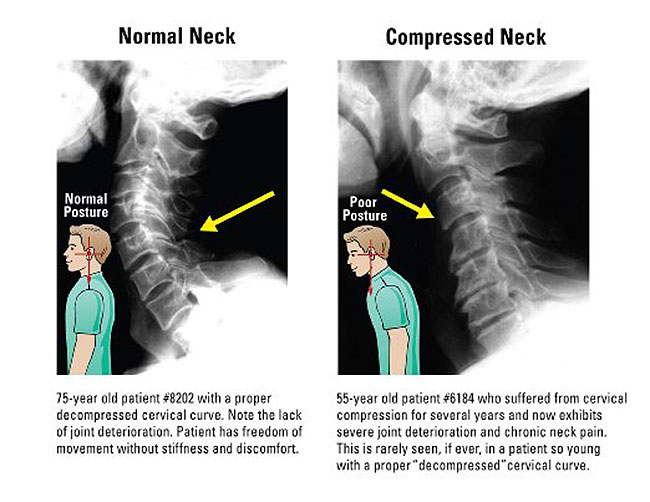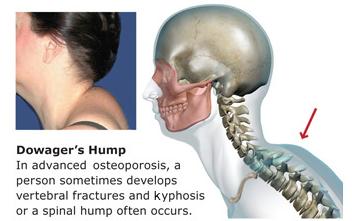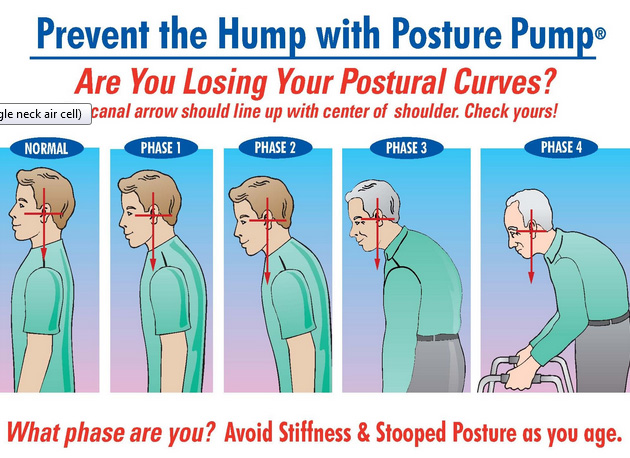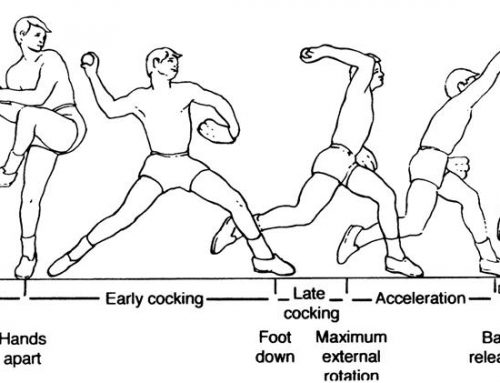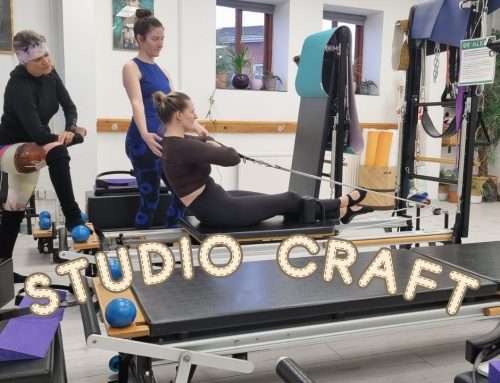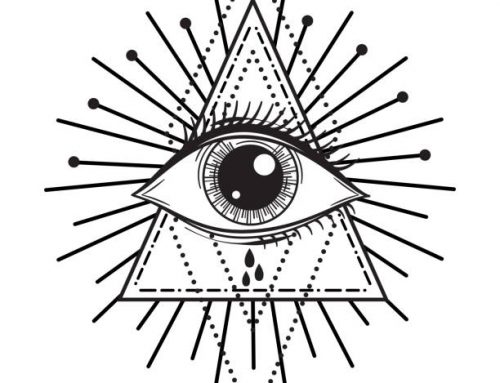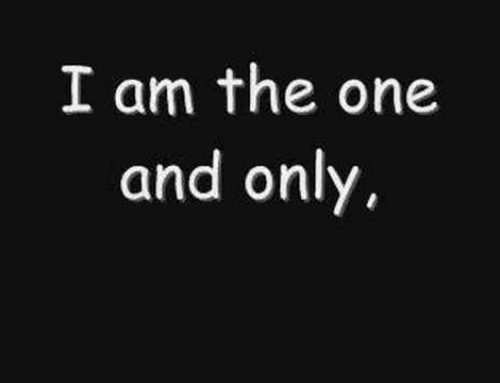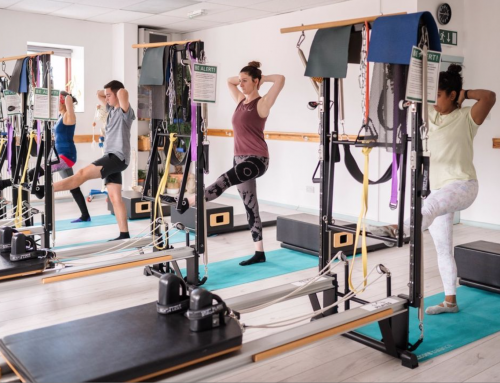Every single one of us is an athlete, this is because we came from an environment of hunter/gatherers and we fought to survive, eat, sleep and move. Our skeletal structure has not changed for thousands of years but what has is the new shiny electronic convenient world. Our muscular skeletal system has adapted to the way we move and has steered away development. Neck pain, headaches and upper thoracic syndrome is one of the most common complaints that females report to me at my studio. As always all pain is multi-factoral. We are bi-ped, but don’t get the use of the upper extremity enough to work in balance with lower extremity. It is our responsibility to be fit for life not just fit for purpose.
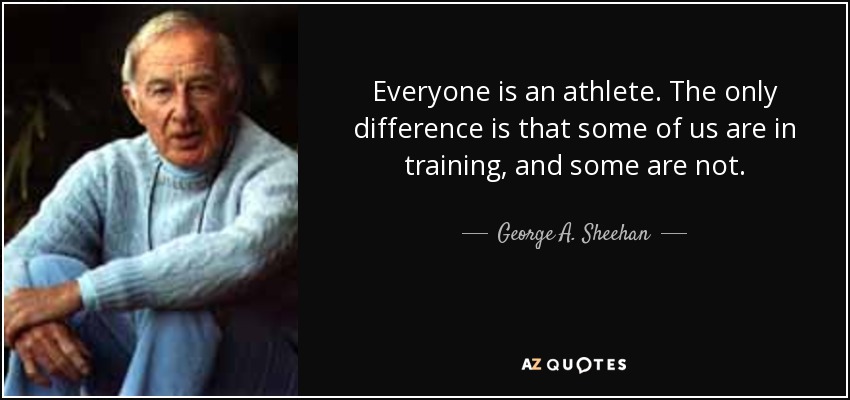
“High-level athletes and weekend warriors alike are affected by neck pain. In most instances, athletic neck pain is the result of minor injuries, such as ligament sprains, muscle strains, or soft tissue contusions…Regardless of the origin of symptoms, athletes with neck pain may have deficits in muscle recruitment, strength and endurance, repositioning acuity, postural stability,or oculomotor control. Athletes with neck pain may also have mobility deficits in the cervical and/or upper thoracic regions.” No matter how much we develop, whether progression or regression there are differences in the male and female athletic ability. Females are more prone to injury at joints and have narrower tunnels in the central nervous system than men. A huge variable is the difference in the neck musculature. Females have less extensor mass so are more prone to neck problems. That is to say there is 30-40% less muscle mass in their cervical area, yet a female head weighs proportionally about the same as a male one. Our postural patterns follow the modern sedentary lifestyle of driving, sitting and slouching. What happens at one joint will have a knock on effect throughout the rest of the body. So how can a female’s head percentage be heavier than a male’s? The hair can weigh alot, putting chronic stress on neck extensors. If you come to my sessions, you always have to have the hair tied up. This prevents the constant jilting of the cervical neck around. Gravity is always pulling us to the earth at a speed of 9.8m per square second, so that is a stress in itself. On top of that we have every day life chores and lifestyle. When our neck is out of the line with the rest of the body, this effects the breathing, jaw chewing pattern and subsequently the gait pattern. A female will also have more headaches than males. Faulty motor engrams that contain a forward head posture will make the brain tell the body to go to its strongest point; this will never be the weakest. Thus the forward head posture will continue to get stronger. Every inch that the head moves forward the load will double. So a ten-pound head that is forward three inches become s a 30-pound head. This then puts stress on the neck extensors, which is set more by watching TV, driving and sitting at computers and playing on iPhones. The results are poor blood flow through the rest of the human body. The blood flow stats are actually reduced by 75% through the working muscles. So imagine the effort required to a forward headed athlete to that of a neutral cervical neck athlete when moving. This is what many good therapist or teacher will always treat the person and not the disease. We also have to look at the emotional component and what else is burdening the person in life. Someone is is already forward head tilt and kyphotic will make matters worse by doing doing more flexed exercises. Incorrect alignment of the body effects the other systems in the body such as the organs and the central nervous system. Having a forward head will effect the blood flow, breath and neural tone. When this lack of blood flow continues we see the following problems occur: If your head is aching you may have thought it was the weight of your hair or your bobble. This can be contributing factors but it can also be compression of nerve roots at the greater occiput around C1 and C2. As a poor neck position develops the engrams will continue to be embedded deeper. These factors are strong contributors to dowagers hump because the soft tissue will develop and increase as a safety mechanism. So you then continue to workout lifting weights, Pilates, yoga, cycling, running etc. And your neck pain is worse than ever. I always get enquiries from people telling me that their exercise regime or pilates or yoga is making their pain worse. “Self-stretching exercises may reduce neck pain, at least in the short term. It was reported that stretching 5 times per week was as effective in reducing chronic neck pain as twice-weekly manual therapy. Stretching exercises for the scalenes, upper trapezius, levator scapulae, pectoralis minor, and pectoralis major may be helpful.”[2] A good physical or manual therapist should be able to recognize that this can come from incorrect loads at other major joints and it can be assessed from your squat pattern and thus show your ability to keep your cervicle neck in line . To read more on squatting click here: “It has also been suggested that cognitive or emotional processes play a strong role in the genesis of neck-related disability, such as depression and anxiety or pain catastrophizing which may intervene in the relationship between structural pathology and disability. Given that no one mechanism appears to explain all variance in self-reported disability, it is clear that neck-related disability is not a unidimensional construct but must be appreciated from a variety of perspectives across different disciplines. Not the least of which is the patient’s own perspective of their condition.”[3] Bibliography “Equal but not the same “ Paul Chek [1] https://www.ncbi.nlm.nih.gov/pmc/articles/PMC3435917/ [2] https://www.ncbi.nlm.nih.gov/pmc/articles/PMC3435917/